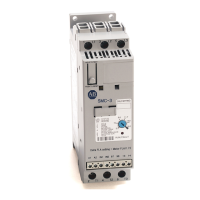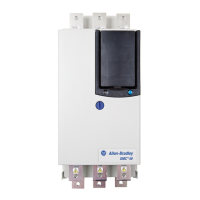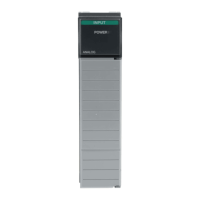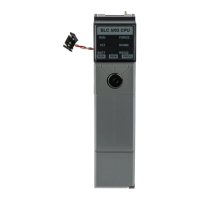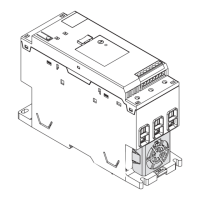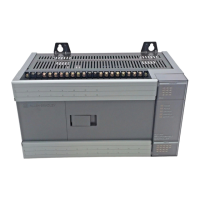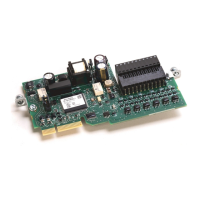Rockwell Automation Publication MOTION-RM002H-EN-P-February 2018 95
MOTION_INSTRUCTION Structure
Mnemonic Description
.EN (Enable) Bit 31 It is set when the rung makes a false-to-true transition and remains set until the servo
message transaction is completed and the rung goes false.
.DN (Done) Bit 29 It is set when axis home has been successfully completed or is aborted.
.ER (Error) Bit 28 It is set to indicate that the instruction detected an error, such as if you specified an
unconfigured axis.
.IP (In Process) Bit 27 It is set on positive rung transition and cleared after the Motion Home Axis is complete, or
terminated by a stop command, shutdown, or a servo fault.
.PC (Process Complete) Bit 26 It is set when axis home is successfully completed.
Description
The MAH instruction is used to calibrate the absolute position of the specified
axis. For axes that are configured as type Servo, the axis can be homed using Active,
Passive, or Absolute Homing Mode configuration. For Feedback Only axes, only
Passive and Absolute homing modes are available. Absolute Homing Mode
requires the axis to be equipped with an absolute feedback device.
Important: Absolute Homing mode is not available with a CIP axis. However, any successful Home sequence
establishes an absolute position.
For CIP axes only, software overtravels are disabled if the Home status bit
transitions to the FALSE state.
The MAH instructions sets the HomedStatus bit upon successful completion of
the configured homing sequence. This bit indicates that an absolute machine
reference position has been established. When this bit is set, operations that
require a machine reference, such as Software Overtravel checking can be
meaningfully enabled.
For non-CIP Drive axis data types, the HomedStatus bit is cleared under the
following conditions:
• Download
• Control power cycle
• Reconnection to Motion Module
• Feedback Loss Fault
• Shutdown
